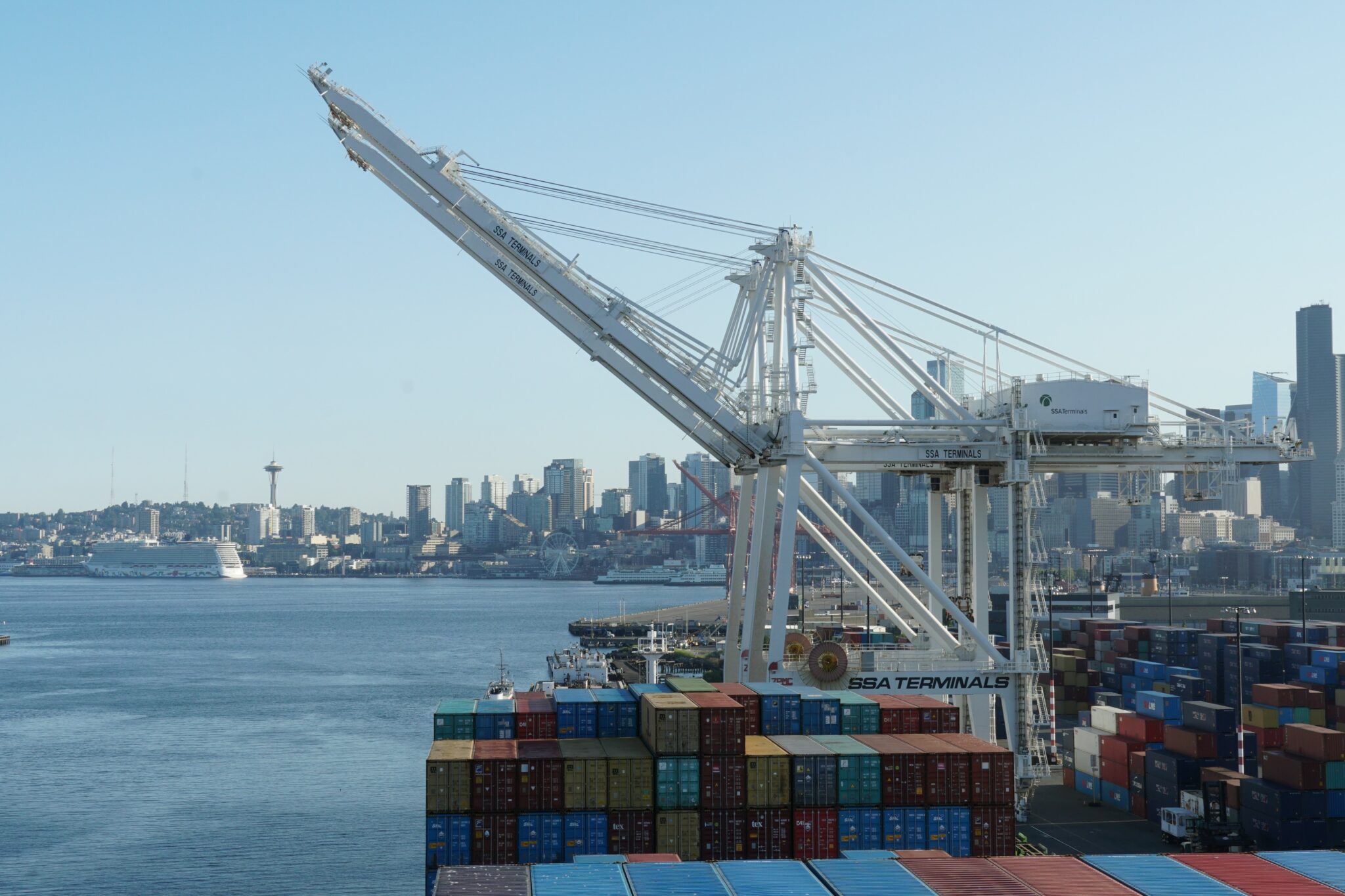
Written by Eric Moss, Communications Director
Seattle’s sleeping giants of industries are the backbone to almost all other industry and economic activity in the region, yet we don’t regularly hear about their health and status. That’s because when the maritime, manufacturing, transportation, and warehousing industries are working well, you never know the size and scale at which they operate. “We commissioned this report to establish a baseline analysis of these industries, to better inform OED’s strategic approach,” said John Persak, OED Maritime, Manufacturing, and Logistics Strategic Advisor. “We also felt it was important to hear from the industries themselves, and what some of their top concerns were.”
Our recently updated Maritime, Manufacturing and Transportation, and Warehousing Strategic Analysis shows that in 2022, the maritime, manufacturing, transportation, and warehousing industries employed 46,800 people, contributing $6 billion in wages, and approximately $20 billion in direct business revenue. The secondary impact of these industries includes an additional 69,400 indirect and induced jobs, adding another $4.52 billion in wages and $13.54 billion in business revenue to the total economic impact of these sectors.
The report shows the breadth and depth of Seattle’s maritime, manufacturing and logistics industries, and just how central these industries are to commerce, jobs, and our region’s economic vibrancy. In addition to their regional legacy and far-reaching economic impact, these industries offer accessible pathways to high-wage jobs for workers in our region. The report found that out of the 34 occupations that are both highly concentrated within each industry and have high employment in King County, just 11 require an associate degree or higher. Median wages for some of the more technical careers in these industries are as high as $134,850 annually. Many of the professions across these industries have low, or no barriers to entry with a high opportunity for growth and promotion.
The report also reveals the challenges on the minds of regional industry leaders, with infrastructure and public safety as their top concerns. Following closely, interviewees mentioned rising rent and land affordability as other major concerns. Rounding out the top concerns were workforce shortages and a loss of suppliers and customers in the Seattle area.
The maritime, manufacturing, transportation, and warehousing industries remain critical to the economies of our state and region. While total employment and wages have nearly recovered to pre-pandemic levels, we will continue to monitor impacts and work with stakeholders on issues that may arise from a shifting economic landscape.
To find out more about our work with the maritime, manufacturing, transportation, and warehousing industries, visit our page on Maritime, Manufacturing, and Logistics, or read the full Maritime, Manufacturing and Transportation and Warehousing Strategic Analysis report.